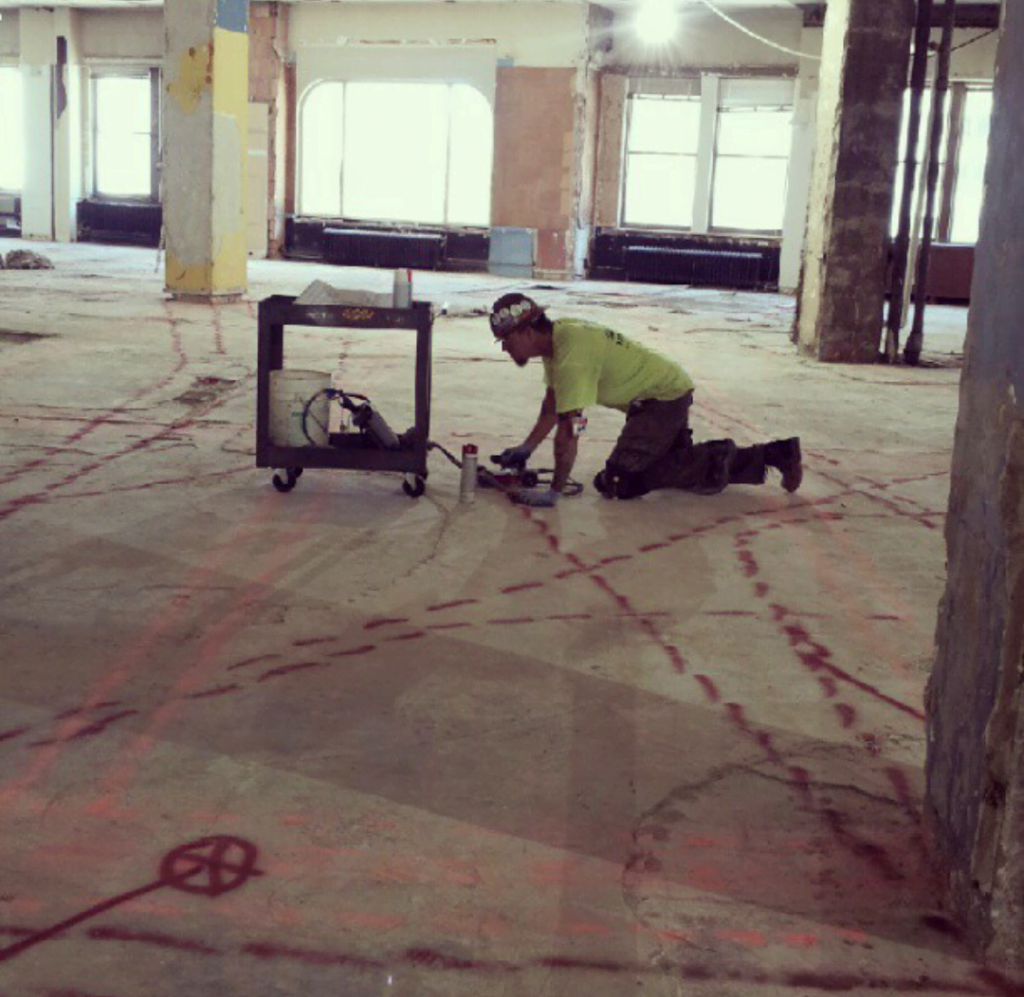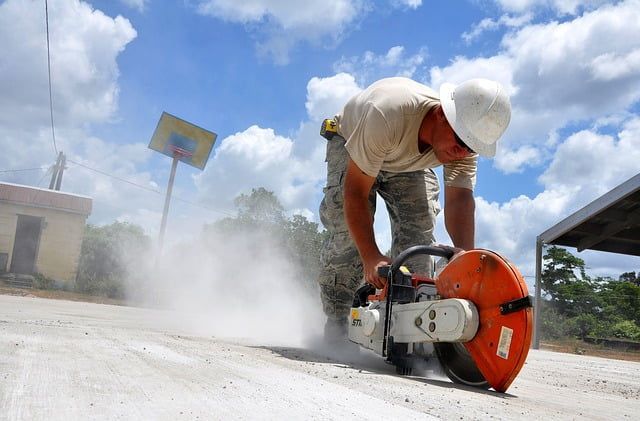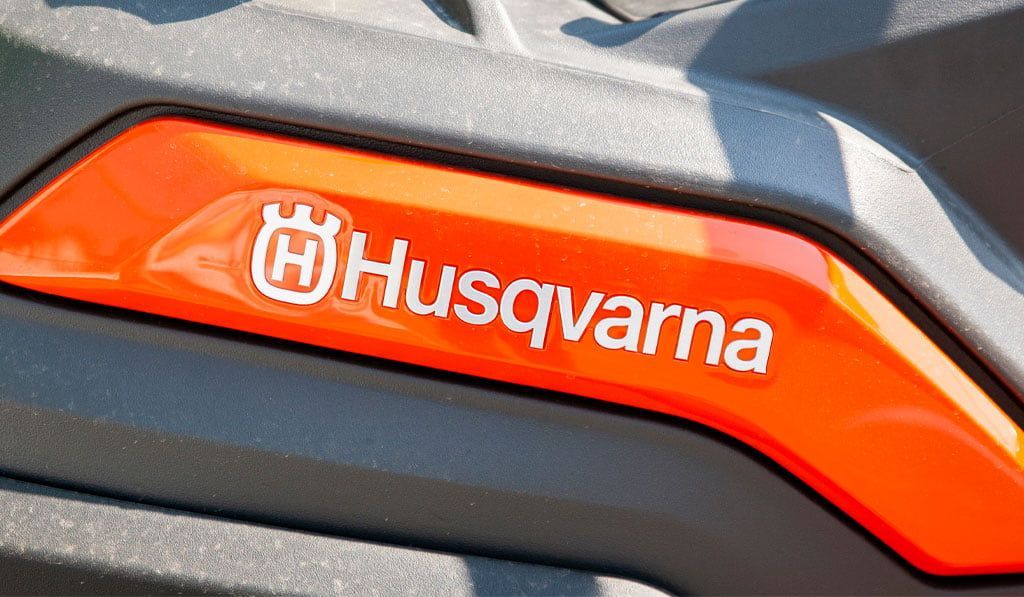Three Questions About GPR Answered
Share this article:
You are contracted to do extensive renovation work on an existing concrete structure. It’s a skyscraper and you are doing work on a few floors. The work requires installing some plumbing, maybe changes to electric or new ventilation shafts.
Unfortunately, the floors have a lot of structural elements hidden in the concrete, including post tension cable. Cutting that cable is dangerous to both the building and the operator doing the cutting. Drawings don’t show the cable’s location, so how will you safely do the necessary drilling or cutting?
The answer is that you need to find a concrete contractor who can perform concrete scanning with ground penetrating radar (GPR). GPR can be used for nondestructive testing of buildings or pavement, for locating buried utility lines and other structures within or through concrete. It can mean the difference between a successful renovation or rebuild and a disastrous one that takes extra time and money and compromises the safety of the structure or those working on the project.
How Does It Work?

GPR uses high-frequency radio waves to send electromagnetic energy into the ground or other surface. When it encounters an object those waves may reflect, refract, or be scattered back to the surface. Higher frequency waves do not penetrate as far as lower frequency waves, but they provide better resolution. So there is always some trade-off between resolution and depth of penetration, and this is just one area in which GPR requires an experienced user to understand how best to use this tool in any specific project. For example, if you’re looking for buried pipes or unseen objects like storage tanks, you need to use relatively low frequencies in order to allow the radar to penetrate deeply enough to find these items.
What Does It Show?
Have you ever seen a medical x-ray? If so, you can probably identify certain structures such as lungs, bones, probably the heart. But you can’t read the x-ray as a doctor can, because the things they are looking for are often subtle and not easily interpreted. There is an art to accurately reading them. Although GPR is not an x-ray, it is similar in that interpreting its data is not intuitive and requires both training and experience. In order to get the best results from any GPR survey it’s important that you talk to your contractor and make sure they have all the information they need about your project and the kind of information you’re looking for.
Who Provides It?
Chicago’s Cobra Concrete Cutting Services has been providing the industry with GPR services for many years, and we recognize the influence this technology has had on construction and renovation over the past 15 years. It’s largely because of this technology that renovation has become a larger part of the commercial concrete industry. GPR allows safe cutting of existing concrete structures as well as ensuring safety for digging, electrical, and utility crews.
We believe that the time spent assessing, scanning, and analyzing your project with GPR more than pays off in terms of preventing injury along with saving time and money. Contact us to arrange for a GPR survey of your next project.
Check us out on:



